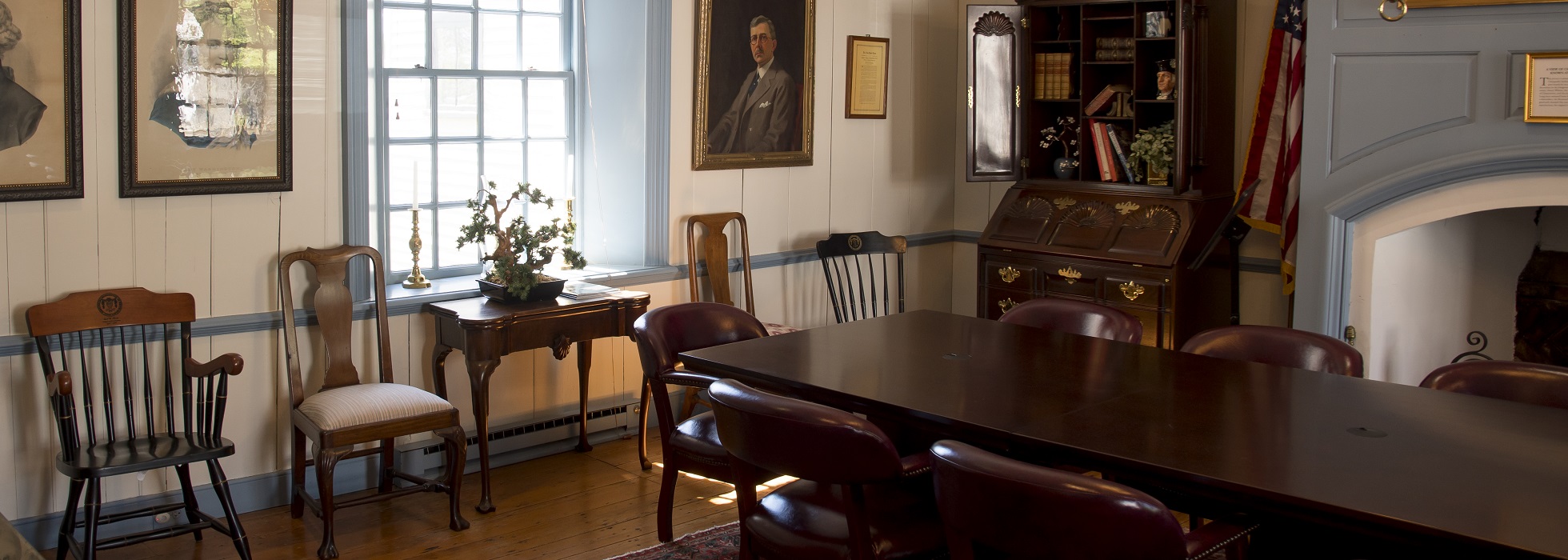

The Custom House
Headquarters of the Starr Center for the Study of the American Experience, the colonial Custom House has been a landmark of Chestertown’s riverfront for nearly three centuries.

In addition to housing the Center’s offices, the Custom House has a public history
lab/classroom, exhibit areas, and a variety of spaces where staff, students, and visiting
fellows work on a myriad of projects. The building is ADA compliant, with elevator
access to three levels.

Built in 1746, the Custom House was originally the residence of Thomas Ringgold, a leader of the local Sons of Liberty who was also
– in cruel contrast – one of the most active slave traders in the entire Chesapeake
region. It is a legacy that we continue to grapple with today, one that reflects the deep-rooted paradoxes of
America itself. The Starr Center has worked to bring that history to light, and it helps drive our commitment to unearth, preserve and share the broader African American history of our region.
The building, overlooking the tidal waters of the Chester River, also served as a
warehouse and store, and British redcoats were quartered here during the French and
Indian War. Prior to the Revolution, Chestertown’s local inspector of His Majesty’s
Customs worked in an adjacent office, recording the cargoes of vessels coming and
going from Chestertown to Europe, the West Indies, and beyond. In May 1774, the dramatic and much-debated Chestertown Tea Party may or may not have occurred beneath the windows of the Custom House.

In the 19th century, most of the Chesapeake’s maritime trade moved across the Bay to Baltimore. From the time of the Revolution until recent decades, Chestertown’s population barely
changed, a fact that has preserved dozens of its historic buildings. In the 20th century,
the Custom House was restored by Wilbur Ross Hubbard, a local preservationist and civic leader who bequeathed it to Washington College
upon his death in 1993.

The Starr Center occupied the Custom House after generous gifts from the Starr Foundation and private donors. The restored building possesses original Georgian paneling, fireplaces, wide-board floors, and a riverfront porch.
Today, the Custom House sits at the center of a National Historic District of 18th-
and 19th-century houses.